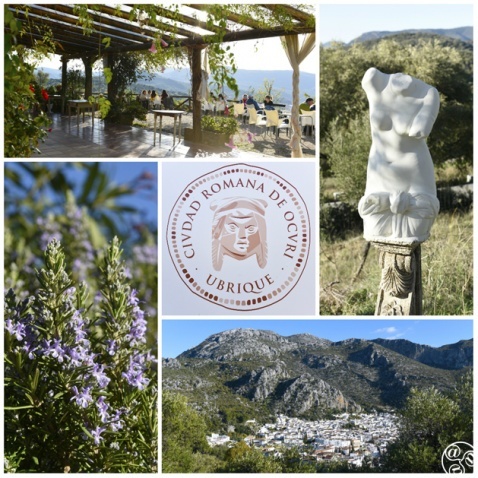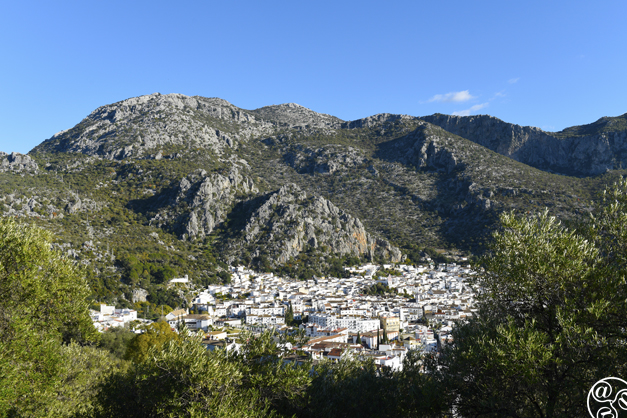
Ubrique is home to an archaeological site. The Roman city of Ocuri. |
|
History of Ubrique
Ubrique’s history stretches back to prehistoric times, with subsequent notable roles in both Roman and Moorish eras, and tragic events during Napoleon’s occupation.
Human settlement in the Ubrique area has been traced back to the Palaeolithic times but it is widely believed that earlier groups lived in the area previously. There is also evidence of Ibero or pre-Roman habitations, as well as small Phoenician commercial settlements of Gadir in region.
The region also had a part to play in the Roman period with the construction of the city of Ocuri. A natural watchtower was established to help police the region which was then known as Roman Bética.
Not much is known today about the settlement during the Visigoth period but it appears that the area was continuously inhabited during this period due to its strategic importance, as seen in the numerous watchtowers that the Arabs would later occupy.
Book your stay in Andalucia Now!
The Ubrique area was later colonized by the Arab Berbers who brought previously unknown prosperity to the area. It was during this time that the valley was planted with orchards which remained relatively unchanged until the 1970s.
Troops arrived from Castile in the 13th century to attempt to reclaim the area for Christianity. However, it was not until 1485 that the Castilians, under the control of Ponce of Leon, occupied the area, exterminating and/or expelling the Muslim population over time.
After the expulsion of the Arab population, the region was colonized by people from Castile. Later it became part of the dominion of the Dukes of Arcos de Medina.
Agriculturally, the area suffered greatly while the colonists attempted to adapt their agricultural knowledge to their new mountainous home. It was not easy, but with time, the new settlers did adapt.
During the 19th century the population remained at between the 5,000 and 6,000 inhabitants. This changed, however, with the arrival of immigrants from the Southern Italy. With them came the leather trade, which would remain the central occupation of the town right up to modern times.
Ubriqueños (residents of Ubrique) fought valiantly against the French occupation led by Napoleon in the early 19th century and many of their names are still remembered by local historians. However, much of the area’s finest architecture was burned along with archives dating back to the 15th century.
Ubrique was one of the last Republican strongholds in the Civil War.
